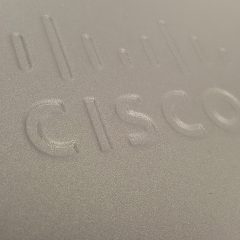JunOS – Using TACACS+ With Cisco ACS
KB ID 0001040 Problem I’ve been configuring a client’s Juniper SRX chassis cluster, for a while now. Their ACS was deployed last week so my task was to configure it to use the TACACS+ from the Cisco ACS server. The client’s setup required them to use their fxp0 management interfaces to perform the authentication. After it was configured and working, (due in no small part, to the ACS skills of Mr SteveH). I decided...
Securing Network Device Access With Cisco ACS (and Active Directory)
KB ID 0000942 Problem For network identification I have tended to use RADIUS (in a Windows NPS or IAS flavour), in the past. I turned my back on Cisco TACACS+ back in my ‘Studying for CCNA’ days, because back then it was clunky and awful. I have a client that will be installing ACS in the near future, so I thought I would take a look at it again, and was surprised at how much more polished it is. As Cisco plans to roll ACS...


